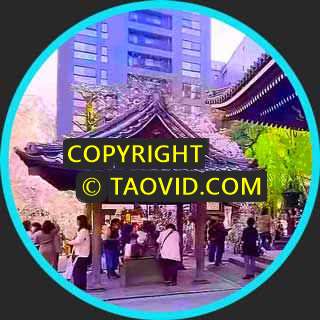Walk in Bangkok’s Chinatown
Bangkok’s Chinatown in Thailand, which is often referred to as Yaowarat (เยาวราช) is one of the largest Chinatowns in the world.
Originally centred around Sampheng, the core of Chinatown now lies along Yaowarat Road, which serves as its main artery.
It was founded in 1782 when the city was established as the capital of the Rattanakosin Kingdom, and served as the home of the mainly Teochew immigrant Chinese population, who soon became the city’s dominant ethnic group.
The Teochew people or Chaoshan people is anyone native to the historical Chaoshan region in south China who speak the Chaoshan Min language.
Today, most Ethnic Teochew people live throughout Chaoshan and Hong Kong, and also outside China in Southeast Asia, including in Singapore, Malaysia, Thailand, Cambodia, Vietnam, and the Philippines.
The community can also be found in diasporas around the world, including the United States, Canada, Australia, New Zealand, and France.
Chinatown’s entire area roughly coincides with Samphanthawong District. It includes neighbourhoods such as Song Wat and Talat Noi along the Chao Phraya River, and Charoen Chai, Khlong Thom and Nakhon Khasem along Charoen Krung Road.
Originally a wilderness area outside the city walls, Chinatown grew to become Bangkok’s commercial hub throughout the late 19th to early 20th centuries, but has since declined in prominence as commercial activity moved elsewhere following the city’s expansion.
It now serves as a hub of Chinese culture, with numerous shops selling traditional goods, and is especially known as a gastronomic destination.






